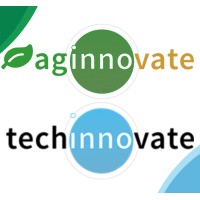
AgInnovate / TechInnovate
The TechInnovate/AgInnovate entrepreneurship development programmes at NUI Galway teach industry professionals how to create a startup company or a new business subsidiary. This is achieved through our postgraduate programmes, whereby professionals learn the process and skills required to be an entrepreneur/founder or to be intrapreneurial within existing enterprises. TechInnovate is a forum which combines resources to catalyse and lead technology innovation by: - Delivering the next generation of specially trained and skilled graduates to the technology marketplace. - Identifying new product development opportunities. - Providing, developing and proposing commercial opportunities to move an identified domain need forward. - Provide research opportunities and spin-out companies in collaboration with domain experts and partnering companies. - Building a technology innovation ecosystem that can deliver internationally.






